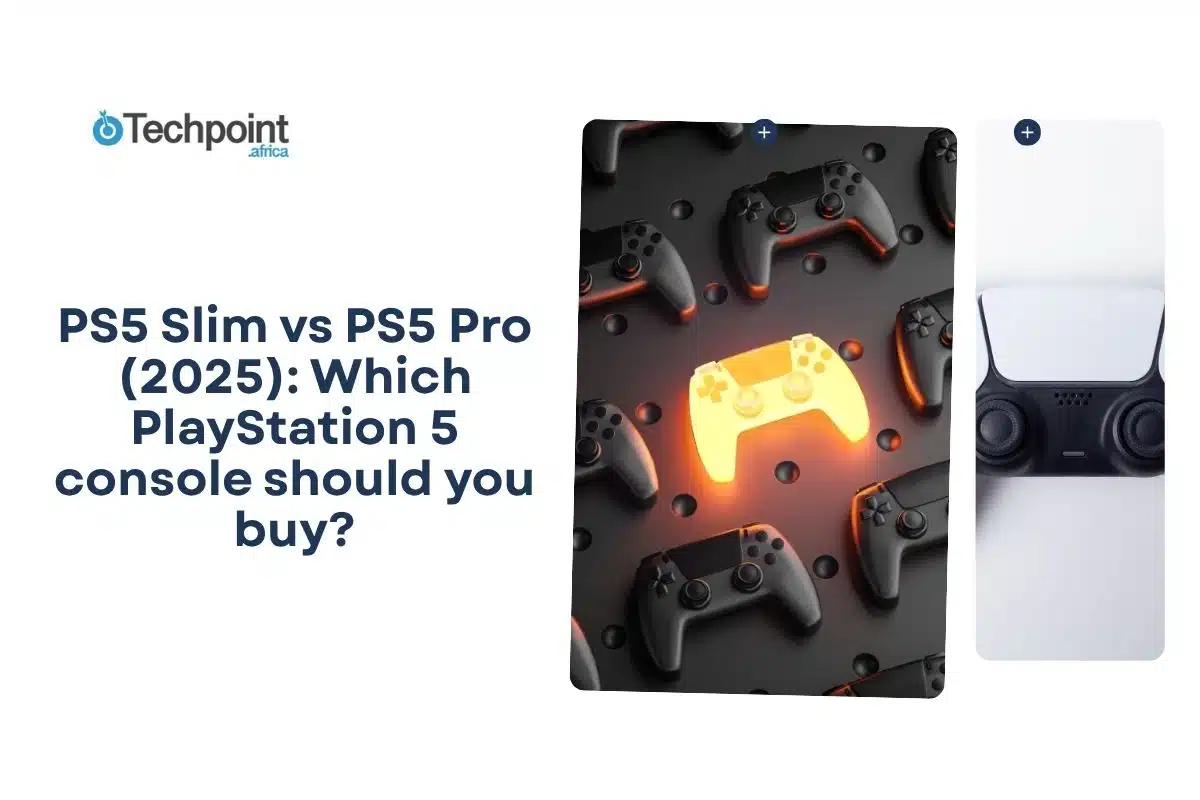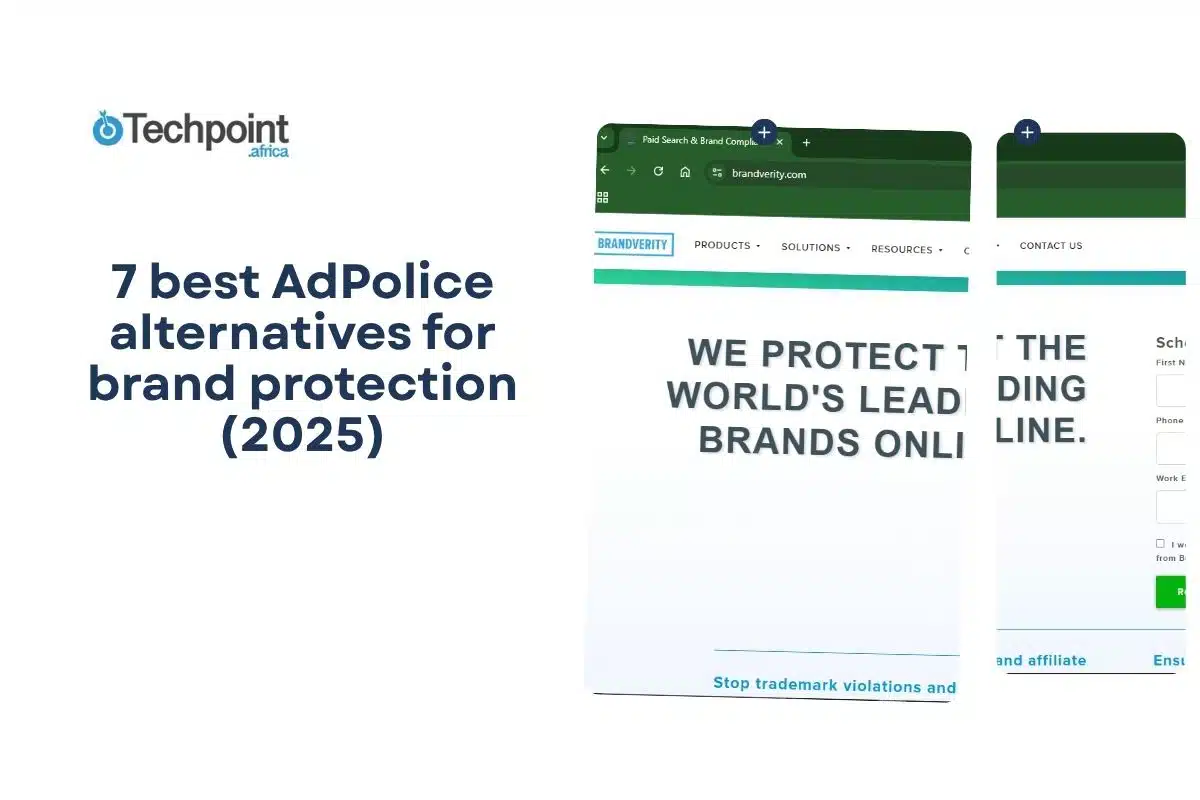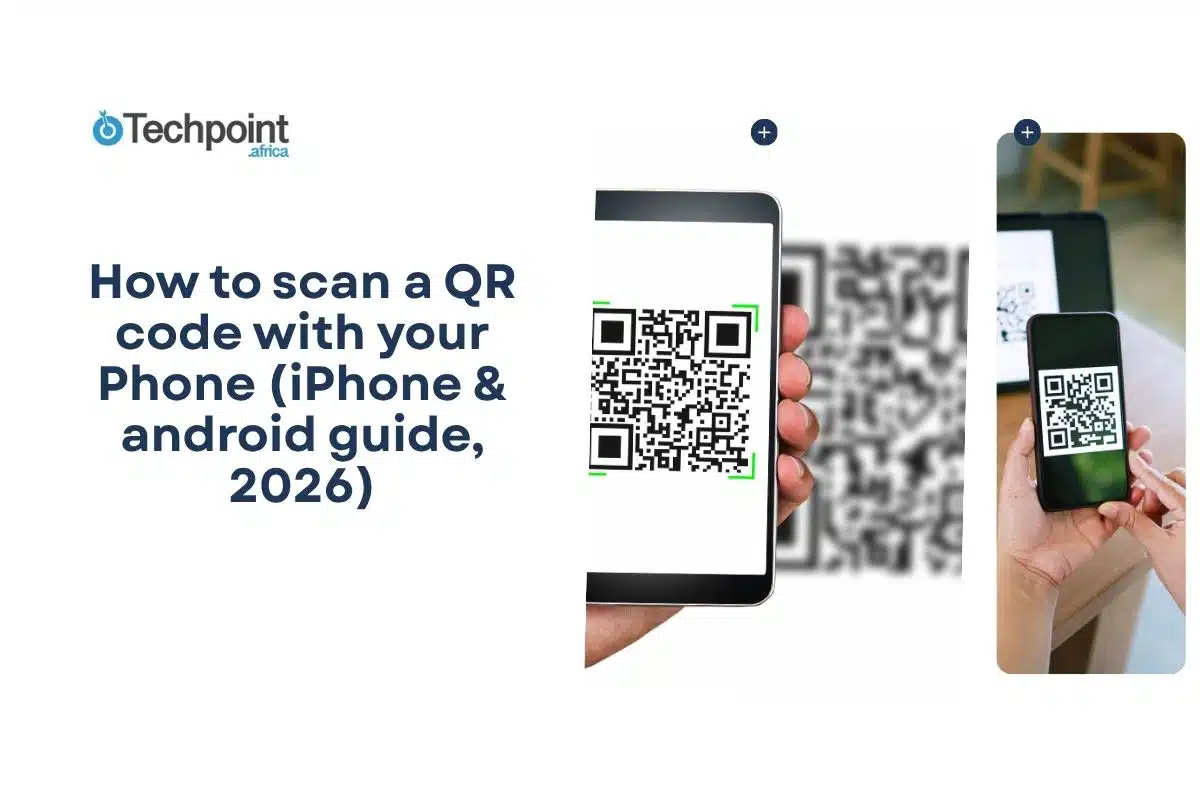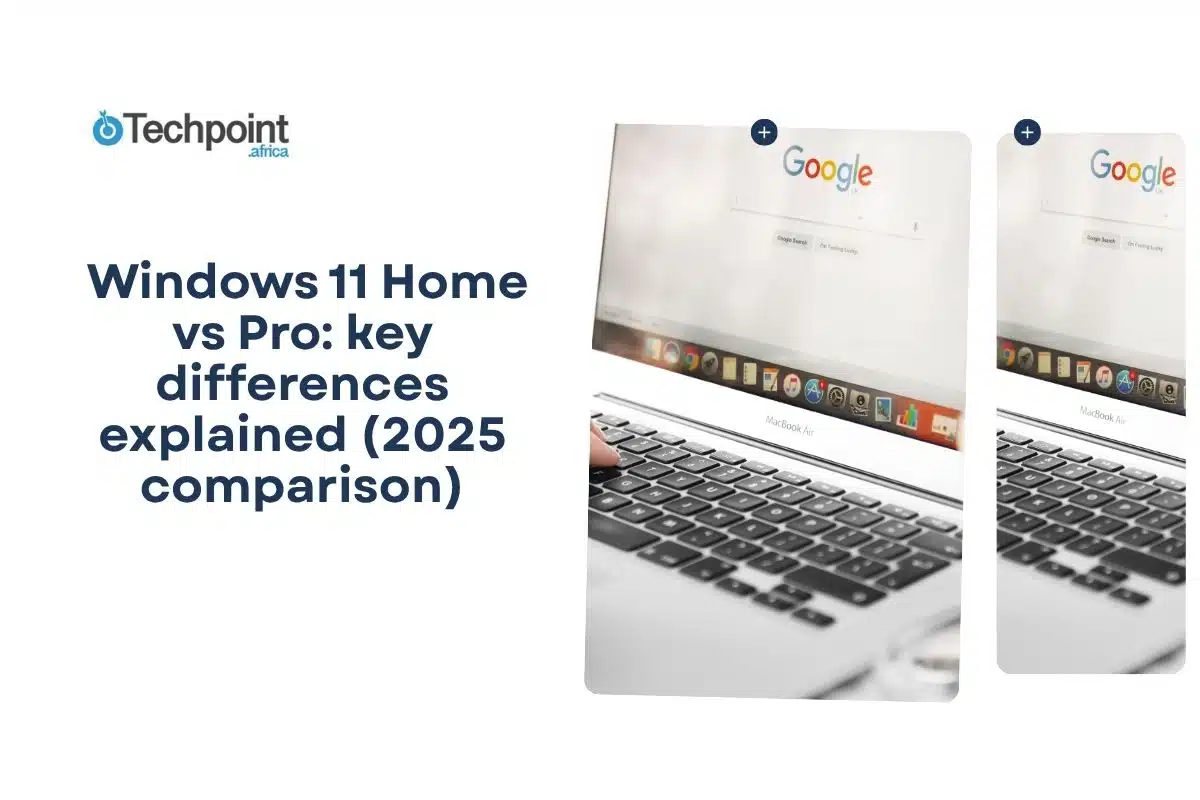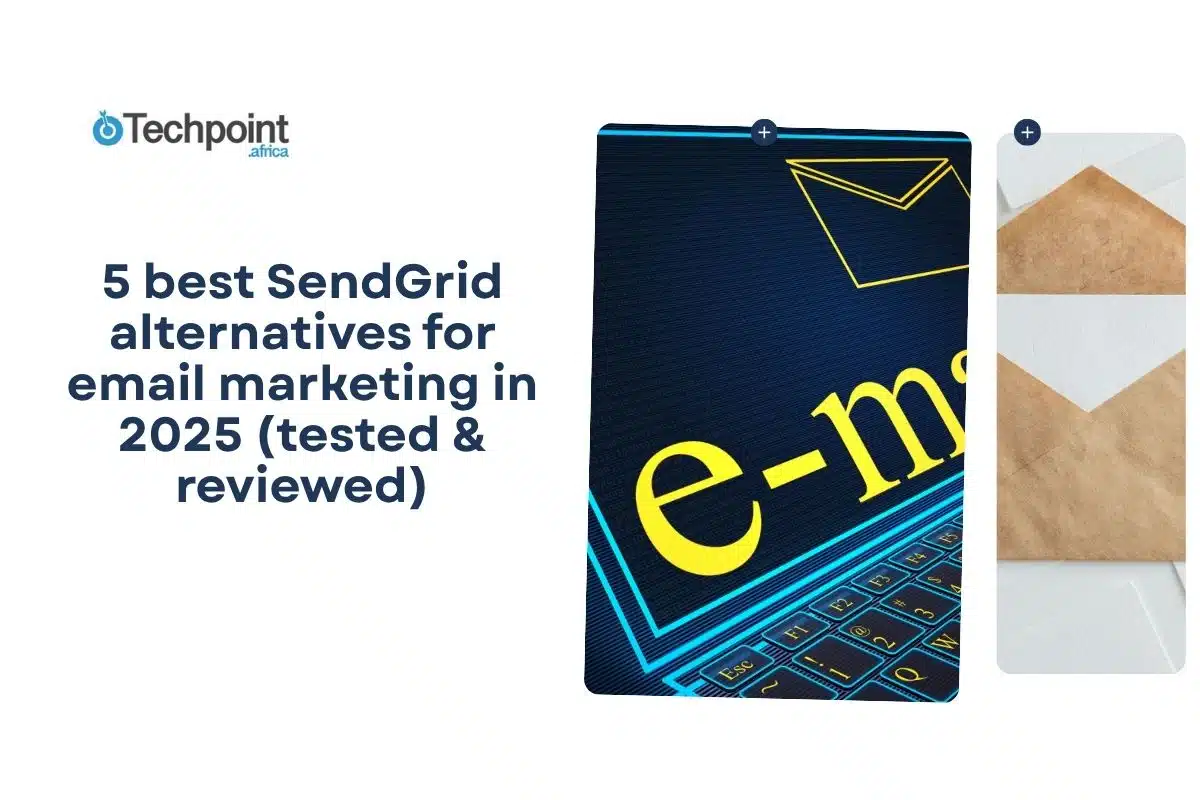The PS5’s original design was a bit divisive. For many people who bought one at launch, the size was a bit of a concern, though it soon grew on me and everybody else. Still, that massive size has remained a topic for a while, which is why the PS5 Slim vs PS5 Pro conversation matters even today, nearly a year later.
The PS5 Slim is Sony’s tidy, practical answer to the large original. It’s smaller, sleeker, and friendlier to cramped entertainment setups. It doesn’t alter the core performance you expect from the PS5 family, but it does increase internal storage to a full 1 TB and offers the option of a detachable disc drive if you still prefer physical games.
The PS5 Pro, by contrast, is the mid-cycle heavyweight. It’s larger, pricier, and built for performance (better GPU, more headroom for ray tracing and high frame rates, and 2 TB of internal storage straight out of the box). Think of the Slim as practicality and the Pro as pure horsepower.
In this deep dive, I’ll walk you through design, performance, storage, features, price, and long-term value to help you decide whether the Slim’s convenience or the Pro’s raw power actually makes sense for your setup.
You can check out my earlier in-depth comparison between the standard PS5 and the PS5 Pro.
TL;DR: Key takeaways from this article
- PS5 Slim is the best value for most gamers. Compact, cheaper, supports discs (if you choose the Disc Edition), and delivers excellent 4K performance.
- PS5 Pro is built for enthusiasts. Stronger GPU, better ray tracing, AI upscaling (PSSR), Wi-Fi 7, and double the storage (2TB).
- Slim is smaller and lighter; Pro is bigger but adds advanced cooling and more visual power.
- Slim is for budget-conscious or casual players. Pro is for competitive, VR, or graphics-obsessed gamers who want future-proofing.
- Both are excellent. Choose Slim for value and simplicity; opt for Pro if you require maximum power and are willing to pay the price.
What are PS5 Slim and PS5 Pro?
Here’s how the two compare side by side:
| Feature | PS5 Pro | PS5 |
| Price | $749.99 | $499.99 (digital) / $549.99 (disc) |
| Dimensions (HxWxD) | 388 mm × 89 mm × 216 mm | (Disc): 358 mm, 216 mm, 96 mmDigital: 358 mm, 216 mm, 80 mm |
| Weight | 6.8 lbs / 3.1 kg | (Disc edition): 3.2 kg / 7.0 lbs(Digital Edition): 2.6 kg / 5.7 lbs |
| Storage capacity | Custom 2TB SSD | Custom 1TB SSD |
| Storage expansion | M.2 NVMe SSD slot; external storage via USB | M.2 NVMe SSD slot; USB external storage |
| Connectivity | WiFi 7, Ethernet, Bluetooth 5.1 | Wi-Fi 6E, Ethernet, Bluetooth 5.1 |
| CPU | 8-core / 16-thread AMD Zen 2 | 8-core / 16-thread AMD Zen 2 |
| GPU | 16.7 TFLOPs, AMD Radeon, RDNA-based graphics engine | 10.28 TFLOPs, AMD RDNA 2 |
| Memory/RAM | 16GB GDDR6 + 2GB DDR5 | 16GB GDDR6 |
| Upscaling | PSSR (PlayStation Spectral Super Resolution) | Not supported |
| Ray tracing | Advanced | Basic |
| Game boost | Supported | Not supported |
| Ports | 1× HDMI 2.1, 1× Ethernet, 2× USB-C, 2× USB-A | 1× HDMI 2.1, 1× Ethernet, 2× USB-C, 2× USB-A |
PS5 Slim
The PS5 Slim is the lighter version of the original PS5. It’s now the only standard PS5 you can buy for Sony since it officially phased out the launch model in late 2023, replacing it with this sleeker redesign.
The Slim keeps the same muscle under the hood: Native 4K gaming at up to 120fps, near-instant loading thanks to the ultra-fast SSD, and the same DualSense controller magic.
The only real difference is a body that’s about 30% smaller and a little easier to slip into your TV setup without it looking too out of place.
The Slim comes in two editions:
- Disc Edition: Includes a built-in Ultra HD Blu-ray drive.
- Digital Edition: Cheaper, lighter, and can be upgraded later with a detachable disc drive.
Pros of PS5 Slim
- Up to 4K/120fps gameplay: Smooth, high-quality visuals for supported titles.
- 1TB internal SSD: Slightly more storage than the launch PS5.
- Optional detachable disc drive: Flexibility to go fully digital or add physical games later.
- Smaller, lighter design: About 30% less volume than the original PS5.
- 4K Blu-ray support (Disc Edition): Doubles as a home theater device.
- Wide backward compatibility: Plays most PS4 games with improvements.
Cons of PS5 Slim
- Limited usable storage: 1TB fills up quickly with large modern games.
- No performance boost: Same CPU/GPU as the original PS5.
- Still not that small: While slimmer, it’s not exactly compact compared to other consoles.
- Detachable disc drive costs extra: If you start with the Digital Edition, adding a drive later bumps up the total price.
PS5 Pro
Sony’s PS5 Pro, launched in November 2024, is the most powerful option in the PlayStation family. It doesn’t flip the table on what a console can do, but it dials everything up, including sharper graphics, faster load times, and enough power to make your 4K TV actually feel worth it.
With a bumped-up 2TB of storage and Sony’s new AI-powered upscaling trick (PSSR), the Pro is built for gamers who want their titles looking and running as smoothly as possible.
Pros of PS5 Pro
- Better GPU: Sony claims the Pro’s graphics chip has 67% more compute units and 28% faster memory, which means rendering is quicker and frame rates are more stable.
- Next-level ray tracing: Lighting, shadows, and reflections look far more lifelike thanks to AMD’s latest ray-tracing tech, something even high-end PC cards are only just getting.
- Smart upscaling with PSSR: Instead of brute-forcing every pixel, PSSR intelligently upscales frames, delivering crisper visuals without frying the hardware.
- 120Hz support: Pair it with a high-refresh-rate monitor or TV, and you’ll feel the buttery-smooth gameplay difference instantly.
- 2TB SSD: Finally, breathing room for those massive AAA installs.
- Wi-Fi 7: Faster online play and downloads, especially nice for multiplayer junkies.
Cons of PS5 Pro
- Not as revolutionary as expected: The jump is noticeable, but don’t expect it to feel like a new generation console.
- Extras sold separately: Both the disc drive and vertical stand cost extra, which stings at this price point.
- Expensive: At $749.99, it’s the priciest PlayStation yet, and for some players, the improvements may not justify the extra cash.
Comparing PS5 Slim and PS5 Pro
Now, let’s get into what makes both consoles.
Design and size: PS5 Slim vs PS5 Pro
Sony didn’t exactly do too much when designing the PS5 Pro.
When I first looked at the PS5 Pro, it looked like the PS5 Slim, just bigger, closer in stature to the original launch model. The Pro’s most eye-catching feature is the bold black vents (or “blades”) running through its center, a functional design choice that helps keep all that extra work from overheating.
The PS5 Slim is offered in two versions: a Digital Edition and a Disc Edition that features a detachable Ultra HD Blu-ray drive.
The PS5 Pro, however, is sold exclusively as an all-digital console, with the detachable Ultra HD Blu-ray drive available as a separate purchase. This modular design across the console family offers more flexibility than the original PS5, where your choice between a digital or disc model was permanent.
Both the PS5 Slim and PS5 Pro come with a horizontal stand, but a separate vertical stand is required to place either console upright.
When it comes to size, the Slim earns its name. It’s a significant 30% smaller by volume than the original PS5, and lighter too (24% for the disc version and 18% for the Digital Edition). The Pro sits in between: more compact than the original, but still chunkier than the Slim.
Here’s how they measure up:
- PS5 Slim (Disc Edition): Height of 15.4” (358 mm), width of 4.1” (96 mm), depth of 10.2″ (216 mm), and weight of 9.9 lb (3.2 kg).
- PS5 Slim (Digital Edition): Height of 15.4” (358 mm), width of 3.6” (80 mm), depth of 10.2″ (216 mm), and weight of 8.6 lb (2.6 kg).
- PS5 Pro: Height of 15.2” (388 mm), width of 3.5” (89 mm), depth of 8.5” (216 mm), and weight of 6.8 lbs (3.1 kg).
I’m happy to tell you that customization remains a constant across all PS5 models. The swappable faceplates let you change up the look, but keep in mind that covers are not cross-compatible. That is, Slim plates won’t fit the Pro, and vice versa.
In terms of ports, nothing wild has changed. The Pro and Slim both feature:
- Front: USB-C ports for controllers and accessories.
- Rear: USB-A ports and Ethernet jack.
Both consoles use the excellent DualSense controller, complete with adaptive triggers and haptic feedback, which still feels like one of the most immersive upgrades this generation has to offer.
Specification: PS5 Slim vs PS5 Pro
CPU
Both the PS5 Slim and PS5 Pro run on the same 8-core AMD Zen 2 processor, but the Pro gains a slight edge thanks to a new High-Frequency Mode. This bumps the clock speed from 3.5GHz to 3.85GHz, giving it up to a 10% boost.
Now, I know this isn’t the kind of upgrade that’ll make your console boot twice as fast or cut loading times in half (those are still tied to the SSD, which only sees a minor bump). Instead, the benefit shows up in more demanding situations, like when your character is in busy open worlds, physics-heavy battles, or games leaning heavily on AI and CPU logic. In those moments, the extra headroom helps to maintain steadier frame rates and keeps performance from falling behind under pressure.
In summary, the PS5 Pro’s CPU didn’t come with the kind of game-changing upgrades that many users anticipated, but it’s a smart refinement. Think of it as a safety net against CPU setbacks, subtle but exactly what some games need to run smoother when things get chaotic.
GPU
If the PS5 Pro has one headline feature, it’s the GPU. Sony said they beefed it up with 67% more compute units and 28% faster memory, giving the Pro a serious edge in raw graphics horsepower. If you ask me, I think the numbers back it up: 16.7 teraflops versus the Slim’s 10.28 teraflops. Games that are optimized for it look sharper, run smoother, and hit higher frame rates.
The PS5 Slim is no slacker by any means. It already handles 4K gaming at 60fps (and often higher) with ease. But the Pro stretches further. It’s designed to deliver more consistent 4K/120fps performance, plus prettier ray tracing and crisper visuals when developers take advantage of it.
The catch, though, is that these GPU upgrades only show in Pro Enhanced titles, which are currently around 50 games. Play a non-enhanced game, and the difference compared to the Slim is far less dramatic. Sony’s Game Boost does give PS4 titles extra polish, but don’t expect every old favorite to suddenly feel like a remaster.
Ray tracing
Ray tracing is what makes a game world feel alive. Instead of faking shadows and reflections, it calculates how light actually behaves, like bouncing off puddles, gleaming through glass, or flickering across metal armor.
The PS5 Slim has supported ray tracing since day one, but results vary. In some games, it’s impressive. In others, it becomes a toned-down version of what you’d see on a high-end PC.
The PS5 Pro, on the other hand, comes with dedicated ray tracing hardware. That translates into brighter pictures, sharper shadows, and reflections that actually look like glass, not gray smudges. Even better, it achieves this while maintaining smooth frame rates, which is a significant win for immersion.
But just like with the Pro’s GPU upgrades, only games enhanced for the Pro version will unlock the full ray tracing treatment. The Slim still holds its own for most players, but if you’re chasing next-level realism, the Pro’s lighting effects are hard to unsee once you’ve experienced them.
AI upscaling
Upscaling is critical in gaming. When the console renders at a lower resolution, it scales it to fit your high-resolution 4K TV without compromising the image quality. The PS5 Slim relies on traditional software upscaling and anti-aliasing. It works, but how well it looks depends on the effort developers put in.
The PS5 Pro, however, brings in the PlayStation Spectral Super Resolution (PSSR). Instead of brute-forcing every pixel, PSSR uses machine learning to predict what the missing details should look like, delivering an image that’s nearly indistinguishable from native 4K while keeping frame rates high.
In practice, that means shooters, racers, and other fast-paced games look crisp and stay unbelievably smooth. If you’re gaming on a 4K or even 8K display, this is one of the Pro’s major features. Again, like the GPU upgrade and ray tracing, PSSR only works on Pro Enhanced titles, so not every game will benefit.
Wireless connectivity
Controllers
Both the PS5 Slim and PS5 Pro ship with Sony’s outstanding DualSense wireless controller. While you’re not getting the fancy DualSense Edge with the Pro, the regular DualSense is still considered one of the best controllers in gaming. Between its adaptive triggers, detailed haptics, and 3.5mm headphone jack, you’re covered for immersive play straight out of the box.
Wi-Fi
- PS5 Slim tops out at Wi-Fi 6. That’s still plenty fast for downloads, streaming, and online matches.
- PS5 Pro upgrades to Wi-Fi 7 (802.11be), unlocking lower latency, faster downloads, and rock-solid stability, if you have a Wi-Fi 7 router, that is.
The Pro’s wireless tech is clearly future-proofed for an era where games are 100GB+ monsters and cloud gaming becomes the norm. For now, though, most households aren’t running Wi-Fi 7 yet, so you might not notice the benefits immediately.
Storage and memory
Storage might not sound as flashy as ray tracing or upscaling, but it can make or break your daily experience. And here’s how the PS5 Slim and PS5 Pro differ:
- PS5 Slim: Comes with a 1TB SSD (approximately 850GB usable storage space after the system software’s allocation is taken into account). That’s fine for casual players or anyone who rotates a few games at a time. But once you start downloading blockbusters like Call of Duty or Baldur’s Gate 3, you’ll feel that space vanish fast.
- PS5 Pro: Doubles the breathing room with a 2TB SSD. For digital-first gamers who prefer to maintain a large library of games, this is useful. Less deleting, less reinstalling, more playing.
Both consoles still support M.2 NVMe SSD expansion and external USB drives, allowing you to expand your storage later. The difference is that the Pro feels future-proofed out of the box, while the Slim might have you reaching for an expansion sooner.
Pricing: PS5 Slim vs PS5 Pro
Ultimately, it’s your wallet that determines which one you end up buying.
For PS5 Slim, the Digital Edition is $499.99 and the Disc Edition is $549.99. For the price, you’re getting the full PS5 experience with enough horsepower to run every current-gen game, plus the option of physical discs if you spring for the pricier model.
PS5 Pro’s digital-only edition is $749.99. On paper, that’s a $200+ premium (about 40% more) over the Slim. Remember, the Pro ships without a disc drive or vertical stand. Add those in, and you’re looking at an additional cost of about $80. That makes the Pro the priciest PlayStation in history, topping even the infamous $599 PS3 launch price and edging past the Xbox Series X.
So, is it worth it?
If you’re counting every dollar, I argue that the PS5 Slim is hands-down the better deal, because it’s cheaper, versatile, and powerful enough for today’s games. If you’re the kind of player who craves every pixel of sharpness and every extra frame per second, I think the PS5 Pro is the option for you, as it’s built for enthusiasts who want to stay ahead of the curve.
Performance: PS5 Slim vs PS5 Pro
Sony wasn’t shy about marketing the Pro as a serious upgrade, and on paper, the numbers back it up. But what does that actually mean once you hit “Start Game”?
Let’s break it down.
Graphics and processing power
The PS5 Pro features a GPU pushing 16.7 teraflops, making it roughly 45% faster than the Slim. Pair that with a slightly boosted CPU and up to 3x better ray tracing, and you’re looking at richer lighting, smoother shadows, and worlds that just feel more alive. Add Sony’s new PlayStation Spectral Super Resolution (PSSR), their AI upscaling tech, and you get sharper images and higher frame rates without wringing the system dry.
Backward compatibility boost
This is an important upgrade.
The Pro introduces Game Boost for over 8,500 PS4 titles. Even without developer patches, you can see higher resolutions and steadier frame rates. Basically, your old library just got a next-gen polish.
8K & AV features
Both Slim and Pro are technically 8K-ready, though true 8K gaming isn’t here yet. Still, the Pro pairs this with Dolby Atmos support for games and Blu-ray, plus the same Tempest 3D Audio Engine that already made the Slim sound spacious and cinematic. The Pro just squeezes a bit more out of that muscle for a deeper audio punch.
Gaming experience
Load times are pretty much identical, thanks to SSDs on both consoles. Where the Pro pulls ahead is in frame pacing, visual clarity, and VR performance. If you’re into PS VR2, the Pro’s extra horsepower translates to cleaner, smoother immersion that could be a dealbreaker for enthusiasts.
Cooling and efficiency
One of the quiet upgrades is a beefier cooling system. The Pro is built to sustain higher frame rates without breaking a sweat, even in marathon sessions, thereby avoiding the thermal throttling that sometimes plagued early PS5 runs.
Accessory compatibility
No worries here. Your DualSense controllers, headsets, and charging docks all work seamlessly with the Pro. Sony kept the ecosystem tight, so upgrading doesn’t mean starting over.
10 Things to consider when choosing between PS5 Slim and PS5 Pro
1. Your budget
This is the biggest deal-breaker. The Slim starts at $499, while the Pro is $749 (before extras). That’s a serious price leap for a mid-gen upgrade.
2. Storage space
It matters if you bounce between two or three games, or if you hoard a digital library. The Slim ships with 1TB (about 850GB usable), while the Pro doubles it to 2TB. For Pro users, this means less deleting and more playing.
3. Graphics and performance needs
I’ll be the first to tell you that the Slim looks great. But the Pro looks even better. Expect sharper textures, steadier frame rates, and up to 3x better ray tracing. If visuals matter to you, the Pro is tempting.
4. Your TV setup
If you’ve got a 4K or 8K TV, the Pro’s upscaling (PSSR) makes games pop. If you’re still on 1080p, the Slim will do just fine, trust me.
5. Internet speed and Wi-Fi
The Slim runs on Wi-Fi 6, the Pro jumps to Wi-Fi 7. It’s faster and more future-proof, but only if you also have a Wi-Fi 7 router.
6. Disc drive or digital only
The Slim lets you choose between the disc and digital edition. The Pro is digital-only by default. If you want physical discs, you’ll need to pay another $80 for the add-on drive.
7. Backward compatibility perks
Both play PS4 titles, but the Pro’s Game Boost squeezes extra performance out of older games, a sneaky win if you have a big PS4 backlog.
8. Noise and cooling
The Pro has an upgraded cooling system, built to stay quieter and smoother under heavy load. Slim stays cool, too, but the Pro handles marathon sessions better.
9. Future-proofing
The Slim will serve you well for years. But the Pro is clearly built with the next wave of big games and tech (AI upscaling, cloud, 8K) in mind. Think of it as buying tomorrow’s console today.
Who should buy which?
Stick with the PS5 Slim if you:
- Want a cheaper, no-fuss entry point into the PlayStation ecosystem.
- Prefer a smaller, cleaner design that takes up less space.
- Are perfectly happy with the Slim’s already-excellent 4K/60fps performance.
- Still rely on physical discs. The Slim’s disc edition comes ready to go without extra add-ons.
- Mostly play non-optimized games. Right now, only about 50 titles truly flex the Pro’s muscles.
- Don’t feel the urge to chase the latest buzzwords; the Slim still feels every bit like a next-gen console.
Go for the PS5 Pro if you:
- Already own a 4K or 8K TV and want to squeeze every pixel of detail out of it.
- Live for competitive shooters, racing sims, or graphics-heavy titles where smoother frame rates give you an edge.
- Are you eyeing or already invested in PlayStation VR2™, since the Pro delivers sharper, steadier VR experiences.
- Lean digital-first and like having room for a massive library. That 2TB SSD is a blessing.
- Care about being future-proof with Sony’s new AI upscaling (PSSR), stronger ray tracing, and next-gen Wi-Fi 7.
- Don’t flinch at paying more (and are okay with buying the $80 disc drive separately if you still want physical media).
Skip both consoles if you:
- Already own a launch PS5 and aren’t looking for marginal upgrades. Unless you’re a visual purist or VR junkie, your current PS5 is still plenty powerful.
Key insights and market trends
Why the PS5 Slim exists
Sony’s Slim refresh is practically tradition at this point. The PS2, PS3, and PS4 all had their Slim moments, usually arriving halfway through their respective generations.
The logic is simple.
Manufacturing costs decrease over time, allowing Sony to reduce the design, cut weight, and lower power consumption while maintaining an attractive price for newcomers. For players, it means a console that takes up less space and runs a bit cooler, without changing the actual performance.
Why the PS5 Pro exists
The Pro, on the other hand, is about keeping pace with player expectations and PC gaming. We’ve seen this before in the PS4 Pro, launched in 2016 as a mid-gen step-up for 4K TVs and higher frame rates.
Now, the PS5 Pro is answering the demand for ray tracing, AI upscaling, and VR performance, features that simply weren’t practical in 2020 when the PS5 debuted. It’s Sony’s way of extending the PS5 generation without committing to a full-blown PS6.
Developer support and the adoption gap
Not every game will take advantage of the Pro’s horsepower. Right now, about 50 titles are confirmed to be enhanced for the Pro. That number will grow, but history tells us adoption can be uneven. On the PS4 Pro, some games truly evolved, while others barely looked different. Developers weigh whether the extra optimization is worth their time when the Slim (and original PS5) is still the baseline for the majority of players.
Conclusion
At the end of the day, both the PS5 Slim and PS5 Pro are excellent machines; they just serve different types of players. The Slim is the practical pick, as it’s compact, cheaper, and more than powerful enough to handle today’s biggest games in crisp 4K. It’s the console that brings PlayStation to the widest audience without overcomplicating things.
The Pro, meanwhile, is for the power-seeking gamer who wants every frame, every ray of light, and every gigabyte of storage. It’s a luxury upgrade, less about playing the game and more about maximizing the experience.
Your choice really comes down to three questions:
- Do you want great value now, or are you willing to pay a premium for extra performance?
- Do you already have a 4K/8K TV, Wi-Fi 7 router, or VR headset to take advantage of the Pro?
- Are you chasing the smoothest, sharpest visuals, or do you just want to game without breaking the bank?
Whichever you choose, you’re getting one of the best consoles of this generation. The Slim is the smart buy for most people, while the Pro is the bragging-rights machine for those who demand the absolute best.
FAQ about PS5 Slim vs PS5 Pro
Does the PS5 Pro really support 8K gaming?
Technically, yes. The hardware can output 8K. But in reality, native 8K games are basically nonexistent. Think of it as future-proofing, not a feature you’ll use right now.
Is the detachable disc drive on the Slim worth it?
If you buy physical games, yes. It saves you from being locked into digital-only purchases. If you’ve gone fully digital, you can skip it.
Can I expand the storage of the PS5 Slim?
Yes. Both Slim and Pro support storage expansion with compatible NVMe SSDs, plus external USB drives for PS4 games.
What is PlayStation Spectral Super Resolution (PSSR)?
PSSR is Sony’s AI-driven upscaling tech, exclusive to the PS5 Pro. It sharpens images and boosts frame rates by rendering at a lower resolution, then upscaling to near-native 4K or 8K without tanking performance.
Will PS5 games look significantly better on Pro?
On Pro Enhanced titles, yes, you’ll notice smoother frame rates, sharper details, and better ray tracing. On non-optimized games, the difference is minimal compared to the Slim.
Can both consoles play the same games?
Absolutely. Every PS5 title is compatible with both the Slim and Pro models. The only difference is that Pro Enhanced games look and run better on the Pro.
Will my current PS5 Slim accessories work with the Pro?
Yes. DualSense controllers, headsets, charging docks, and even PSVR2 are fully cross-compatible.
Disclaimer!
This publication, review, or article (“Content”) is based on our independent evaluation and is subjective, reflecting our opinions, which may differ from others’ perspectives or experiences. We do not guarantee the accuracy or completeness of the Content and disclaim responsibility for any errors or omissions it may contain.
The information provided is not investment advice and should not be treated as such, as products or services may change after publication. By engaging with our Content, you acknowledge its subjective nature and agree not to hold us liable for any losses or damages arising from your reliance on the information provided.
Always conduct your research and consult professionals where necessary.

